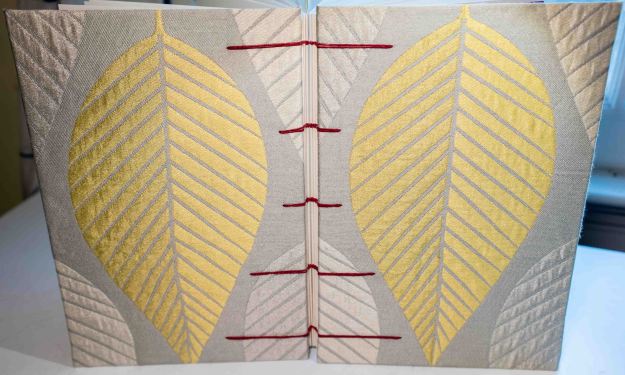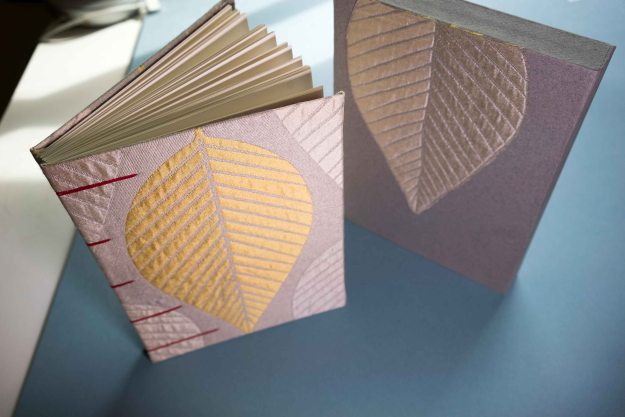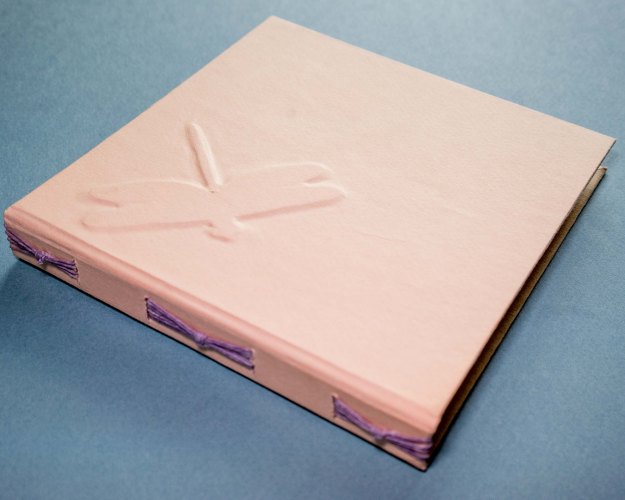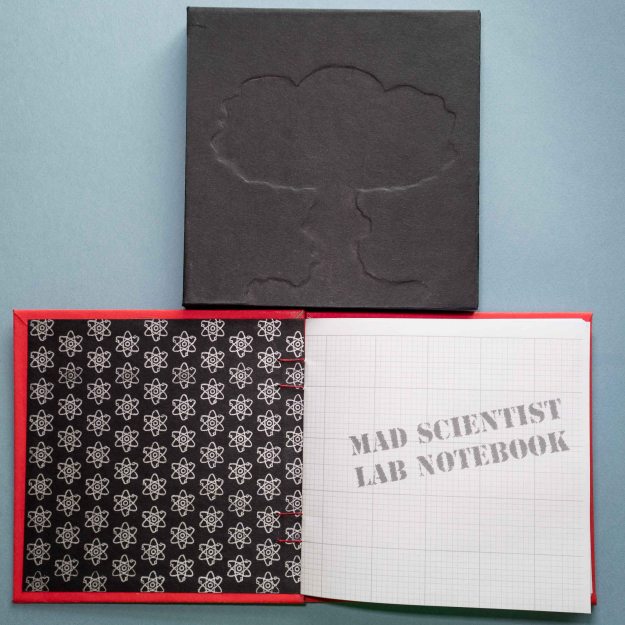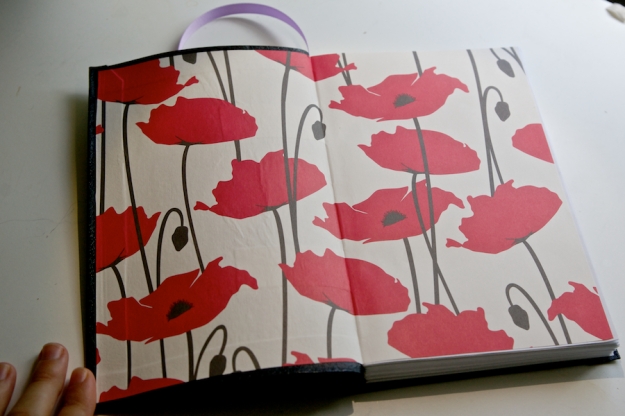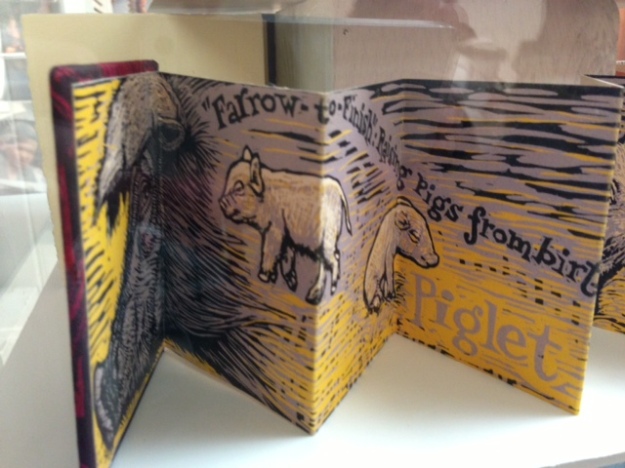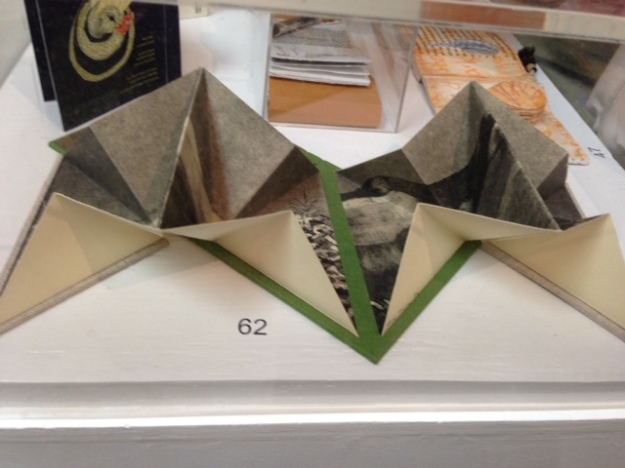Last week, I wrote about my own pop-up work. I’ve admired pop-ups since I was a kid, although I had only one pop-up book throughout my childhood. It was called Les Dinosaures and it was in French. I don’t read a word of French, but I examined the book until I shredded it. I suppose after my parents saw the wreck I made of that book, I never got another one until I started buying my own in adulthood. Below are a few of my favorites. As you can see, pop-ups cover any topic, from the literary to the historic to the nerdy. Pop-ups convey wonder and humor. I’d love to hear pop-up suggestions, too!
The White House: A Pop-Up of our Nation’s Home
Hot off the presses, a 2016 pop-up book. In my favorite page, opening a tab opens a curtain, but a photo would hardly do it justice. Little delights abound in this book. I found my copy at the LBJ presidential library in Austin, Texas.
This slideshow requires JavaScript.
Moby Dick
I found this lovely pop-up at the Kansas City Art Museum. Their gift shop had dozens of pop-ups, and in a frenzy, I had to choose one. This book has ships with riggings, pull tabs, and twisting whirlpools. It’s cartoonish and I love it.
This slideshow requires JavaScript.
Star Wars: A Pop-Up Guide to the Galaxy
I have a habit of finding my pop-up books in strange places; my Star Wars pop-up book came from the Denver Museum of Miniatures, Dolls and Toys. The museum contains numerous lovely dollhouses, historic and modern, in southwestern styles, Victorian styles, and more. It’s also full of Star War toys. This pop-up book is so jammed full it can be hard to open. The back panel features Luke and Vader facing off with lightsabers, which light when the page is opened. My favorite page shows Anakin Skywalker in the Vader mask–as you open the page, his face disappears into the mask. A true nerd’s pop-up book.
This slideshow requires JavaScript.
America’s National Parks: A Pop-Up Book
Perfect for the 100th Anniversary of the Park System, it’s the National Park pop-up book. This book alternates between pop-up pages and flat pages, which is a great way to fit a little more information into the book. The Yellowstone geyser page is lovely, but so tall it was tough to capture photographically. Appropriately, I got this book at Rocky Mountain National Park.
This slideshow requires JavaScript.



